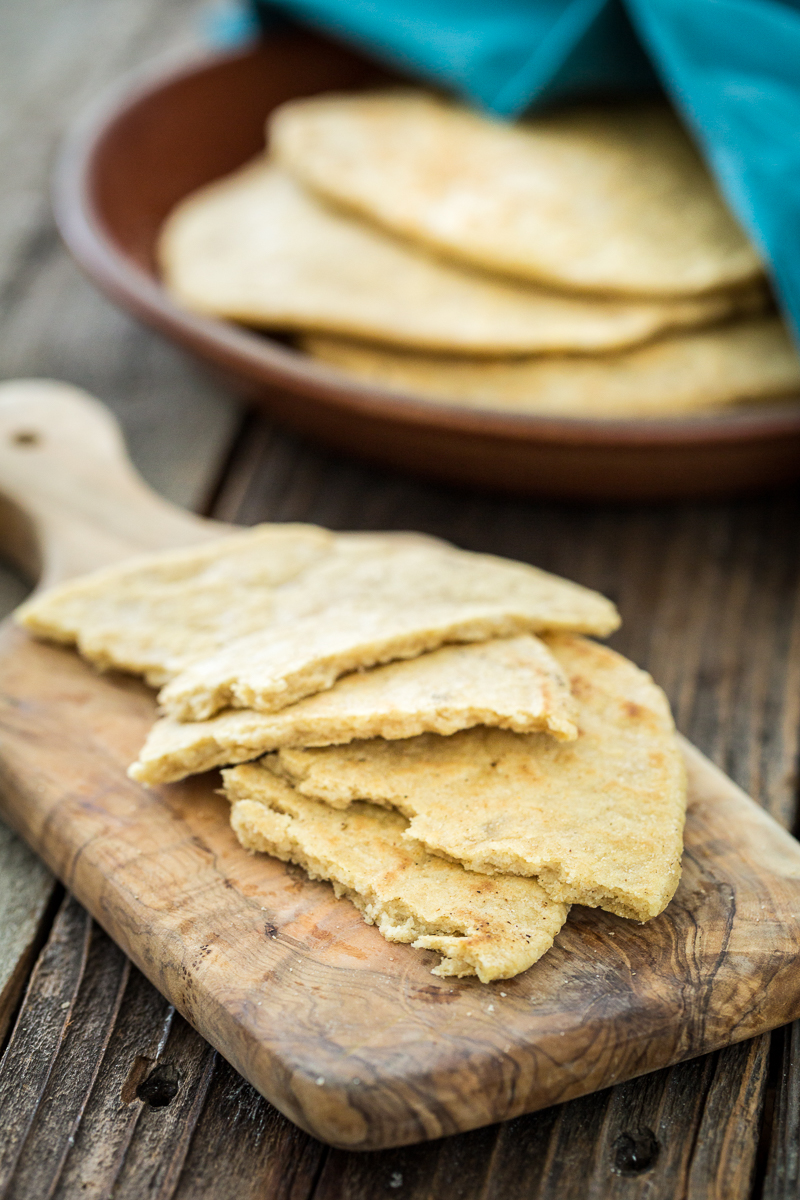

I used cane sugar, but you can also use white sugar, light brown sugar or dark brown sugar.
Cane Sugar: Sugar is used to feed the yeast, which will then produce the gases that make the bread dough rise. You can either use fresh yeast (a moist, crumbly block of yeast that is typically used in professional bakeries), or active dry yeast (a granular form of yeast that is more commonly used in home baking). Yeast: Yeast is used as a leavening agent to help the bread rise, so much sure you add it in. Olive Oil: I like using extra virgin olive oil, but you can also use avocado oil, flaxseed oil, melted coconut oil, melted vegan butter, or another vegetable oil (such as sunflower oil or canola oil) instead. If you only have access to whole psyllium husks, you can grind the whole psyllium husks in a coffee grinder or high-speed blender to get a fine powder. Make sure to add it in so you get flexible pitas. It is often used as a binding agent in gluten-free baking, as it helps to give baked goods a more elastic texture. Psyllium Husk Powder: Psyllium husk powder is a fiber supplement made from the seeds of the Plantago ovata plant. 
Alternatively, if you don’t have tapioca starch, you can substitute it with arrowroot starch (also known as arrowroot flour or arrowroot powder) instead. It is often used in gluten-free baking because it helps to give baked goods a chewy texture. Tapioca Starch: Also known as tapioca flour, this is a gluten-free flour made from the starchy root of the cassava plant.Alternatively, you may also use rice flour instead. I do NOT recommend using a gluten-free flour blend made up of heavier flours (such as garbanzo flour) as that will result in a denser texture.


All Purpose Gluten-Free Flour: I recommend using a good-quality gluten-free all-purpose flour blend made up of lighter flours/starches (such as rice flour, tapioca starch, corn starch or potato starch).








 0 kommentar(er)
0 kommentar(er)
